The intersection of drug charges and sustainability reveals a critical aspect of social justice. As we navigate the complexities of modern society, the synergy between legal frameworks and environmental sustainability becomes apparent. The way we address drug-related offenses can hinder or promote social and environmental advancement. This article explores how the justice system can foster positive change in relation to addiction, environmental practices, and community welfare.
May, 2025



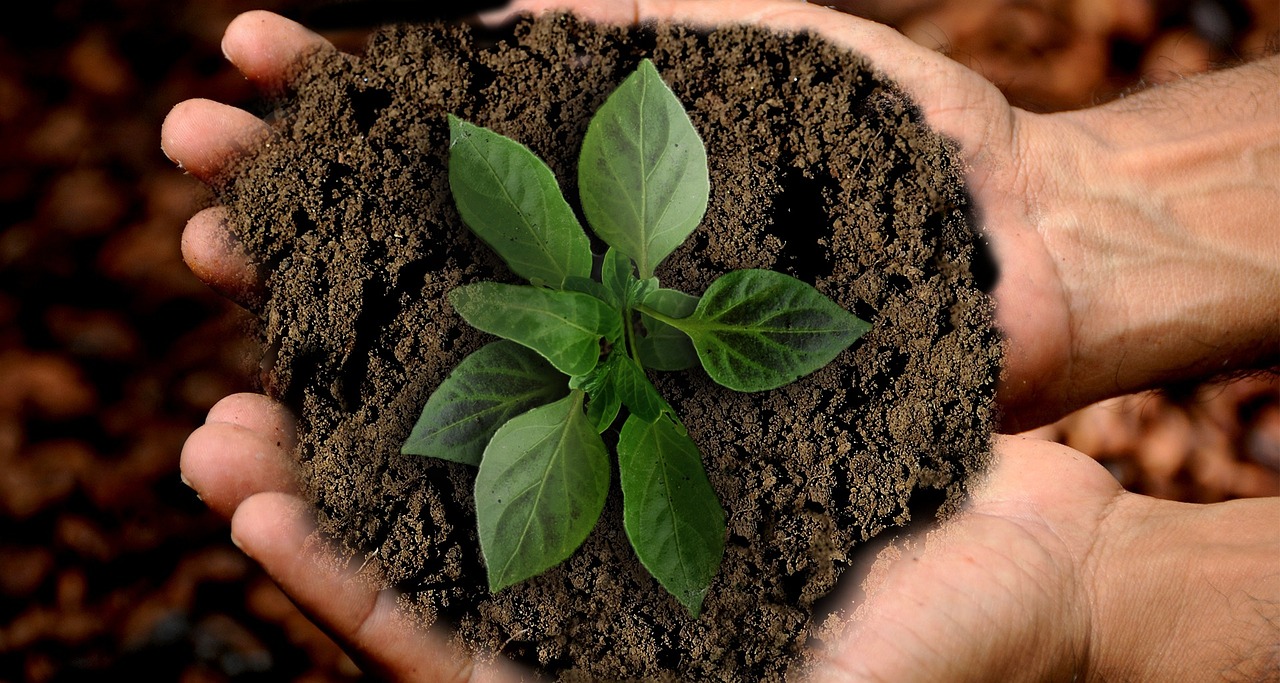

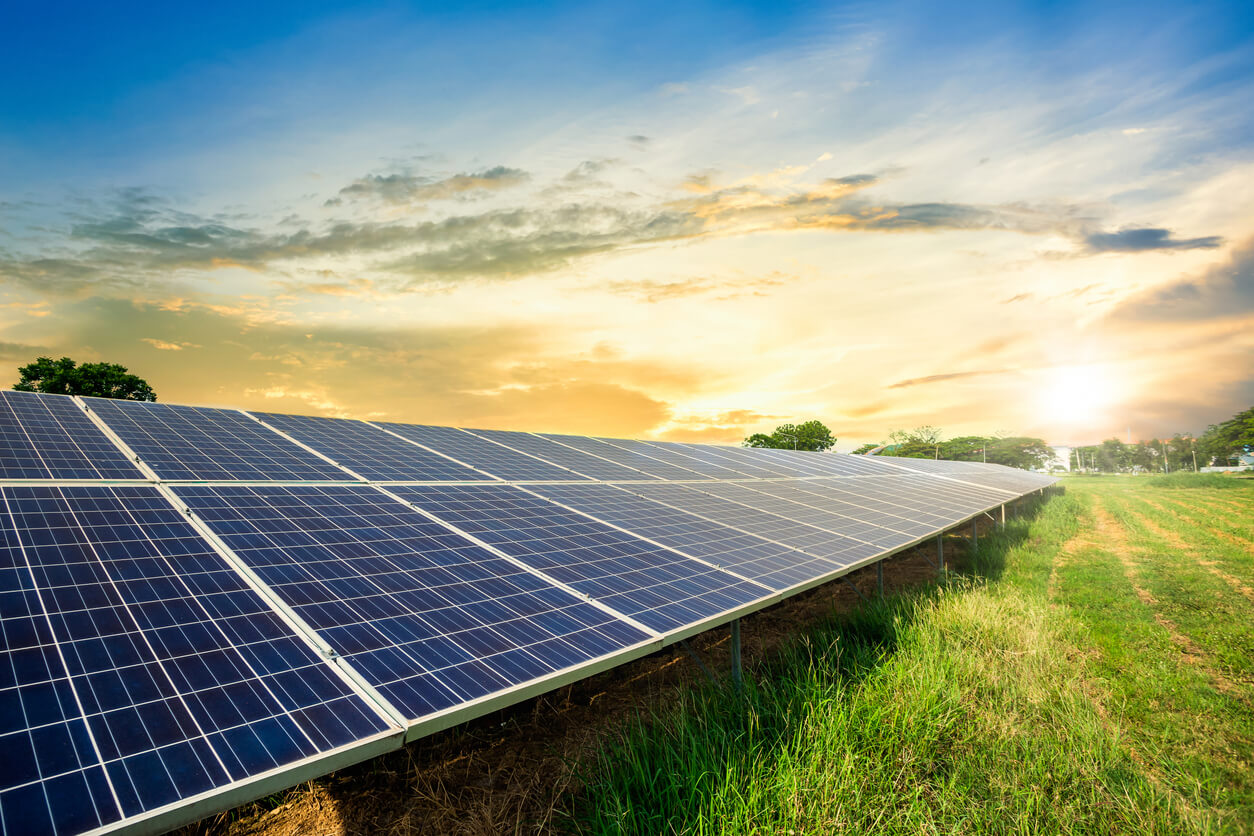



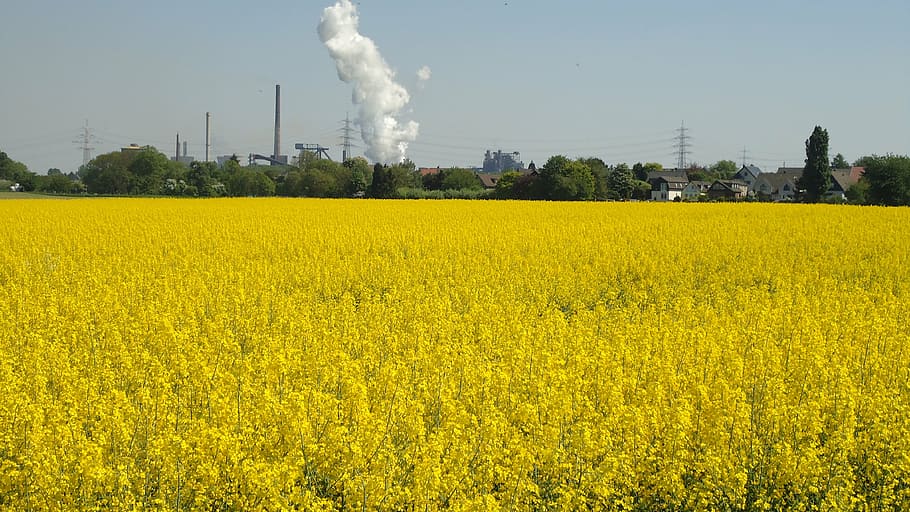
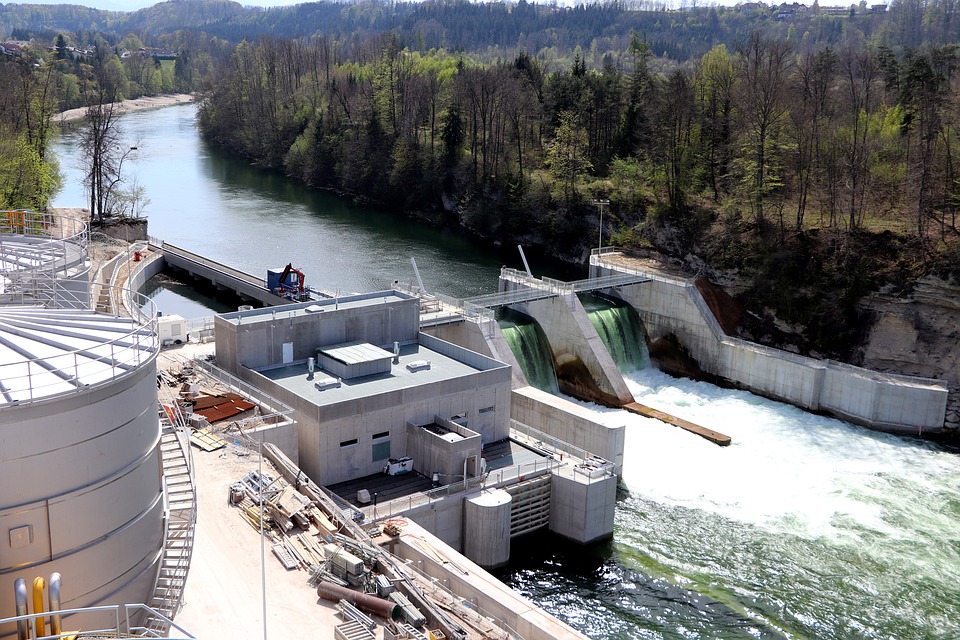
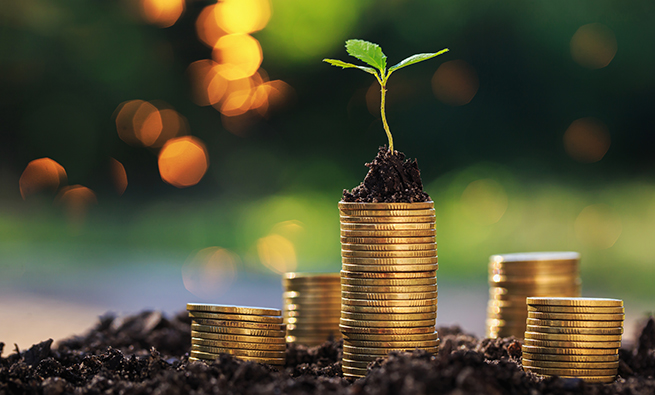

 The theory and application of sustainability in the automotive industry involves a focus on reducing the negative impact of the industry on the environment, while still maintaining the industry’s economic viability. This involves a range of initiatives aimed at reducing waste, emissions, and resource consumption.
The theory and application of sustainability in the automotive industry involves a focus on reducing the negative impact of the industry on the environment, while still maintaining the industry’s economic viability. This involves a range of initiatives aimed at reducing waste, emissions, and resource consumption.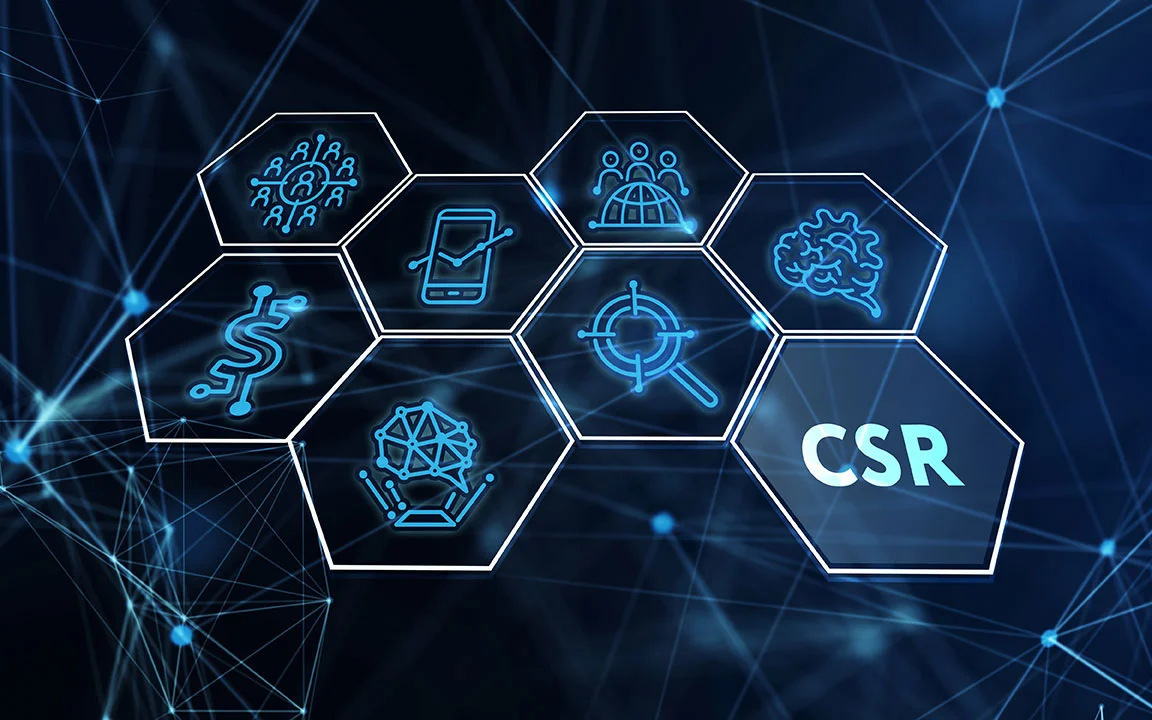 Despite the challenges facing the automotive industry, there are many efforts being made to create a more sustainable future. These efforts include government regulations, industry initiatives, and consumer demand.
Despite the challenges facing the automotive industry, there are many efforts being made to create a more sustainable future. These efforts include government regulations, industry initiatives, and consumer demand.
 While I respect people who make the decision not to eat meat or even become vegan, and while I also perfectly understand that meat production has side effects –both on the organism and on the planet – I just love to have a nice cut or stew…every second or third day. Of course, I try to buy from sources that are or have a reputation for being on the “humane” side of animal treatment.
While I respect people who make the decision not to eat meat or even become vegan, and while I also perfectly understand that meat production has side effects –both on the organism and on the planet – I just love to have a nice cut or stew…every second or third day. Of course, I try to buy from sources that are or have a reputation for being on the “humane” side of animal treatment. My views on
My views on Excuse me, what?
Excuse me, what?


